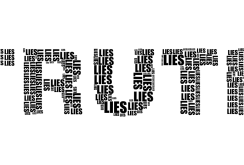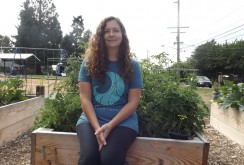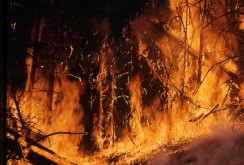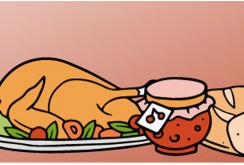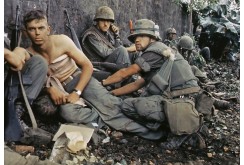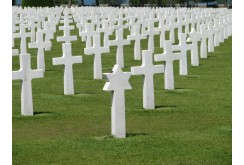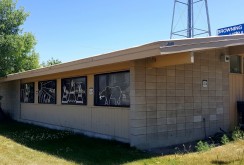April is our money issue. This month Patricia Vaccarino writes about St. Mary’s Church in Yonkers, New York. Heralded as the “Cathedral on the Hudson River,” and a symbol for the immigrants who built Yonkers, St. Mary’s might be headed for death row. This month Barbara Lloyd McMichael writes about numismatics, coin collecting for the coin-curious, as well as for the serious hobbyist. Astronomer Andrew Fraknoi writes about the coming eclipse of the sun that will take place Monday, April 8, 2024.








